by Spotter Up
Okay. You go to your local gun show and purchase your first firearm. Now what? You need ammo and see a lot of ammunition on display. What do you do now?
Before you purchase any ammunition for your weapon it is important to know the size of your weapon and how you plan to use your weapon. Handguns, shotguns and rifles are the various weapons for purchase and use. Ask yourself how you are going to use the weapon you purchased. Did you purchase your weapon for home defense or for hunting game? Ammunition used for home-protection and for hunting are two different things and require different ammunition.
Ammunition has changed a lot over the centuries but the basics are still there. The early muskets colonial soldiers used were essentially a hunk of round metal used to kill their opponent. Even though we have a lot of engineered cartridges to select from the basic concept has not changed much from way back yonder. A powder charge is used to launch a projectile from the weapon and into the intended target. Some people call ammunition “bullets” but this is incorrect. A bullet is just one part of what is called a “cartridge”. Well, what is a cartridge?
Ammunition today is basically what are called cartridges and shotshells. Rifle and handgun ammunition are called rounds or cartridges while shotgun ammunition is called shotshells or “shells”. They both have the same components which include the primer, the gunpowder, the projectile and the cartridge case.
Rifle/Handgun Ammunition: This is a cartridge containing a projectile called a bullet. A single projectile is often referred to as a “bullet”. A cartridge that fires multiple projectiles are referred to as “shot”. The primary purpose is to accurately hit a single target with the bullet. Bullets are measured by their size which is referred to as “caliber”.
Shotgun Ammunition: Shell containing a small number of projectiles (shot) or a single projectile (slug). The primary purpose of multiple projectiles from the shot is to spread these projectiles across a wide area. When hunting game the target may be difficult to shoot because it is moving. “Shot” helps the shooter spread the projectiles over a wide area with the intention of hitting the moving game. Shotgun shells are measured in “gauge”.
- Bullet: The bullet is the projectile that leaves the end of the barrel when the weapon is fired. Bullets come in a variety of shapes, sizes and basically come in two types: ball and hollow point. Ball means it is a solid mass. A hollow point means the center of the bullet has been hollowed out. The bullet should match the chamber of the weapon.
- Case: The case is the main body portion of the ammunition but generally it is composed of the primer, the powder and the bullet. Mostly made of brass but can be made of steel, nickle or other metals. Once the bullet leaves casing the casing is ejected from the weapon (semi-automatic or automatic weapons). For revolvers, bolt-action rifles, etc) it is left in the weapon. Some cases can be re-used and this is called reloading.
- Cartridge: The finished round of ammunition and consists of four components: the bullet, the casing, the powder and primer. Sometimes simultaneously called a round.
- Powder: This is the chemical propellant that is lit by the primer. The powder allows the bullet to come out of the barrel.
- Primer: This is the ignition source. Ammunition is classified as center-fire or rim-fire. The center-fire has a primer located in the base of the casing. The rim-fire does not have a center. The rim has a priming compound spun within it and around the periphery of the base and when the firing pin hits it the powder is ignited.
- Round: This is the total of all the items above. The bullet, casing, powder, and primer.
Small caliber guns such as those with bores of 5 mm, .22 inch, or .17 inch generally are rim-fire cartridges. Shotgun, and most larger caliber guns use center-fire cartridges.
Rim or Rimless
One more thing of note: Some cartridges have a rim and some do not. Do you notice the wider base in the illustration above? Why is that? The rim with the wider diameter than the casing is an external flange is generally used as a place for the extractor to engage. There are terms like headspacing, semi-rimmed, belted, rimmed, rimless, but for a simple explanation the rim used for extraction is sufficient for now.
Ball or Hollow
A ball-bullet is one solid mass. It tends to pass through soft targets (depends on a few factors). Ball bullets for home defense could pass through an intended target and injure people beyond. Now, a hollow point with the center of the bullet hollowed out means the bullet will expand on impact. Greater damage will be caused because the bullet “peeling” backwards and spreading means it will hit more surface area.
Measurements
Identifying the proper cartridge for your weapon is necessary to ensure the correct ammunition is loaded into your weapon. Look at the weapon. The cartridge designation is marked on the weapon and the box of ammunition. It is also marked on the head of the cartridge. Basically, a pure, lead round ball is the same diameter as the internal diameter of the barrel.
The box of ammunition offers several pieces of information. The number on the box denotes the bullet’s “caliber”. The caliber is the unit of measurement related to the bullet’s size. We are concerned with the bullet’s diameter of the slug (projectile). Look at the chart:
The slug is the part of the bullet cartridge. Remember? In some cases the casing will be wider than the slug but we are only concerned with the width of the slug and not the casing. Now, with measurements, there is metric measurement in millimeters and the Imperial measurement in inches.
- A nine millimeter (9mm) on the box of ammunition tells you the projectile is about 9mm in diameter.
- A twenty-two (0.22) is twenty-two one hundredths (22/100’s) of an inch in diameter-less than a quarter of an inch.
- A .40 caliber bullet is 0.400 inches in diameter.
- A .44 caliber bullet is 0.44 is or about 44/100’s of an inch in diameter.
- A .45 caliber bullet is 0.45 or about .45 inches in diameter.
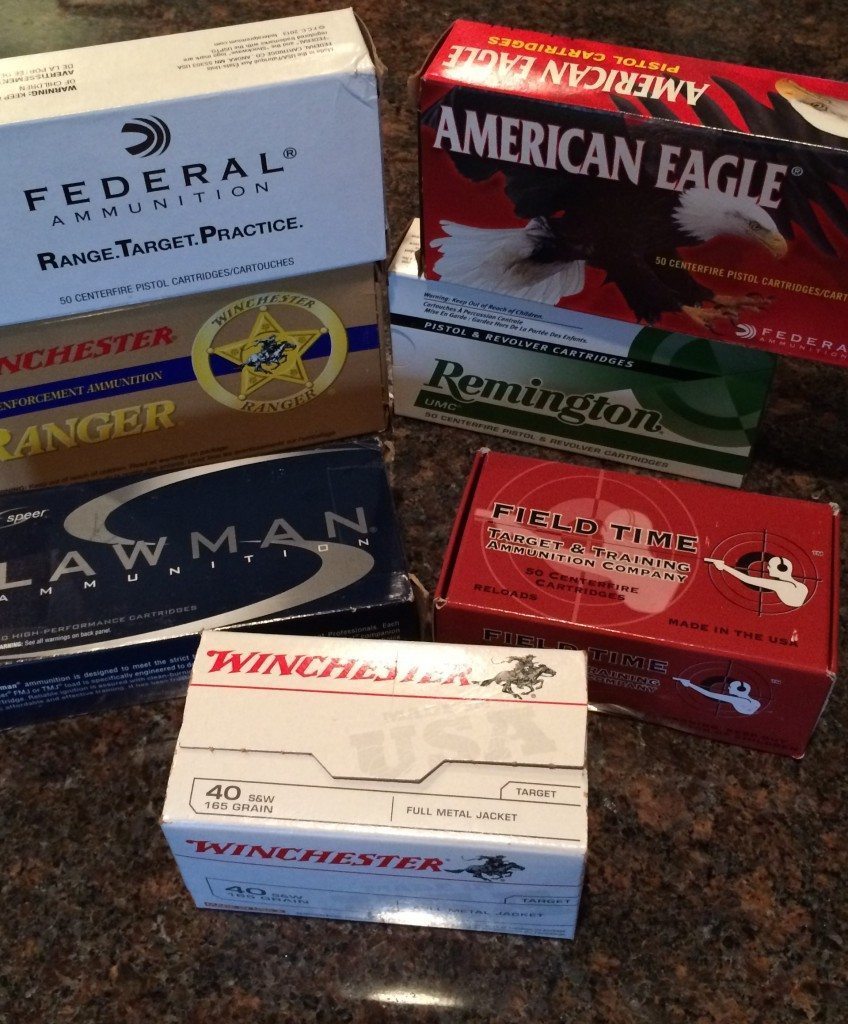
Shotguns
Shotgun Measurement: Shotguns and shells are measured in “gauge” or “bore” rather than “caliber”. Bore is the hollow part inside a gun barrel or tube: the measurement of the internal diameter of the bore. The system of measurement goes way back to the days of using the musket. The custom was to give muskets a “gauge”. The determination for the gauge was based off the one pound weight. The gauge of the musket was determined by however many round lead balls would add up to one pound and fit into the bore diameter. A 12 gauge, thus, had a bore diameter to which a round lead ball weighing 1/12 pound could enter its barrel. A 16 gauge meant it was 1/16 pound. You may hear the term “bore” in England. 16 bore and 16 gauge are the same thing. There are a few exceptions: for example, a 410 gauge is a 68 gauge.
Shotguns come in various gauges or bore numbers, 10 gauge, 12, gauge, 16 gauge, 20 gauge and .410 bore. How many lead balls fit into a standard sized circle if it is a 12 gauge? Trying to fit 16 lead balls into the same size circle means the balls must be smaller. Therefore, the larger the number, the smaller the ball (28 is smaller than a 12).
Below, we see the fraction of 16 balls equal to 1 pound. A 16 gauge would be 1/16 of a pound. 16 perfect lead balls exactly fitting the bore should weigh one pound.
Shotgun Shells: Shotgun shells are similar to a handgun/rifle cartridge. Shotgun shells have a primer and a case but the case is not metal it is usually plastic or a sturdy paper. The shotgun shell has something to separate the powder from the shot and it is called a wad. The wad keeps the shot together as it travels through the barrel. The shot itself are a number of little balls of steel or lead, but it does not stop there: the shot can be rubber balls, rock salt, etc. The shotgun shells can be purchased in various sizes. Some shells have a bullet called a slug.
Shotsize: Shot comes in various sizes. #000 is large shot while #9 is small. Remember that the larger the # the smaller the size and shot. A good rule of thumb is to go with smaller shot pellets for smaller game. You could use large shot or slugs for large game. Slugs are very large bullets and turn your shotgun into a strong rifle.
There is a lot to cover when it comes to learning about ammunition. Much of what is covered here can be explained even further, but for now, this should help you select ammunition for your weapon. If you are still unsure, ask the sales clerk, in order that you use the proper ammunition. Safety first.

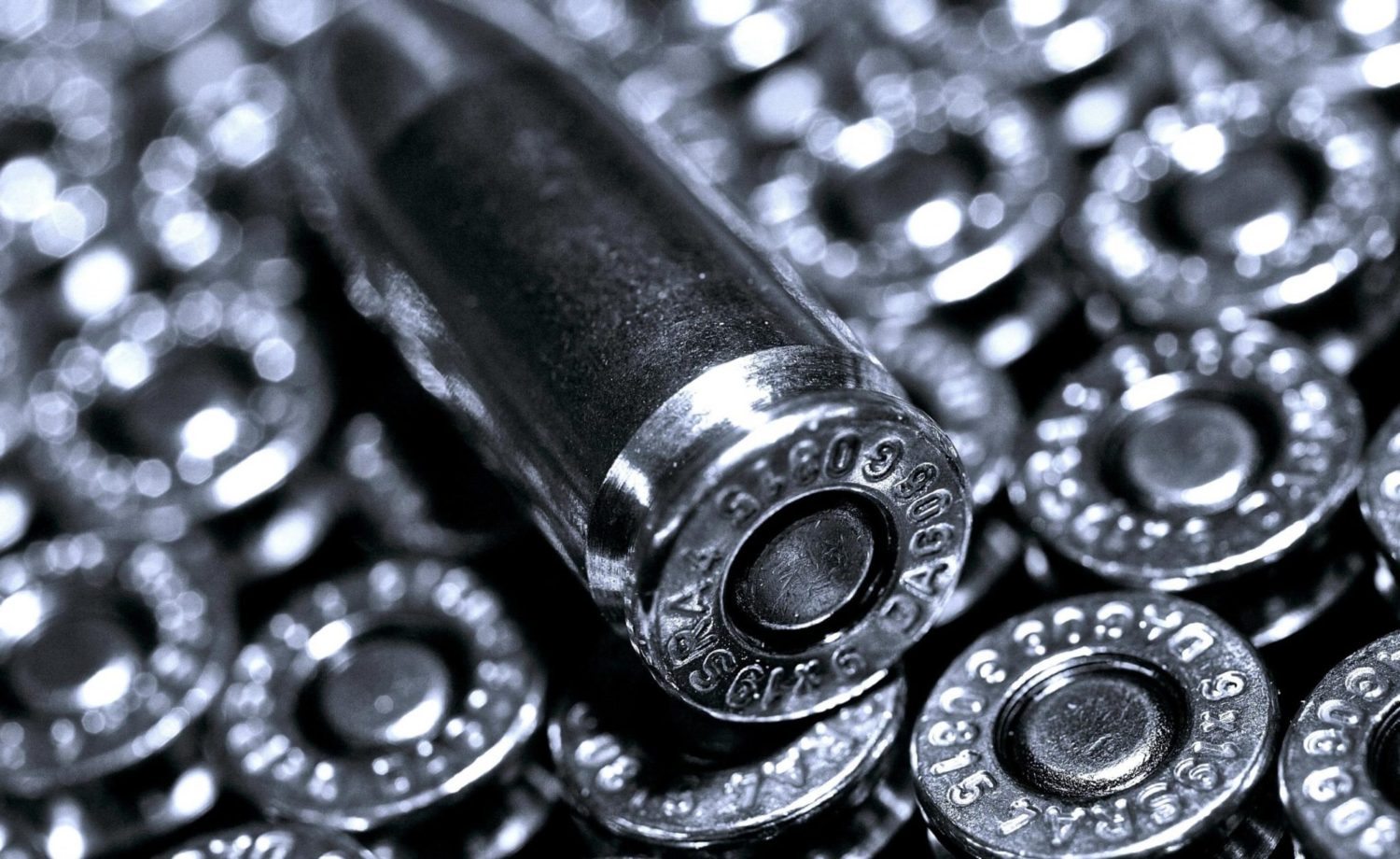

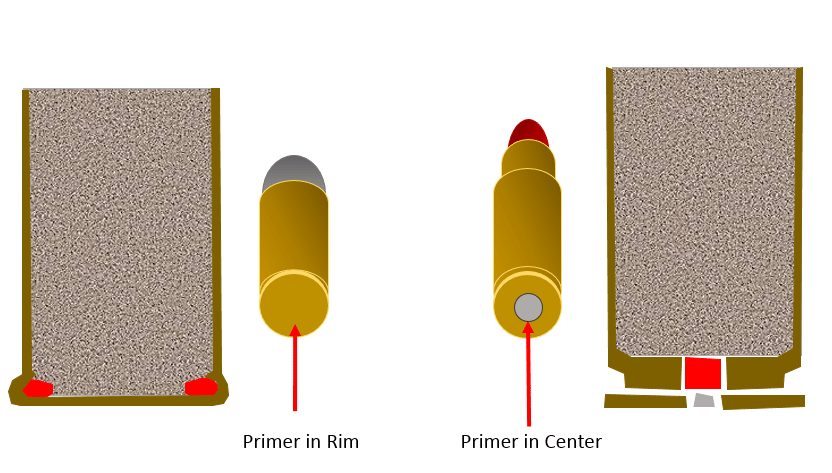
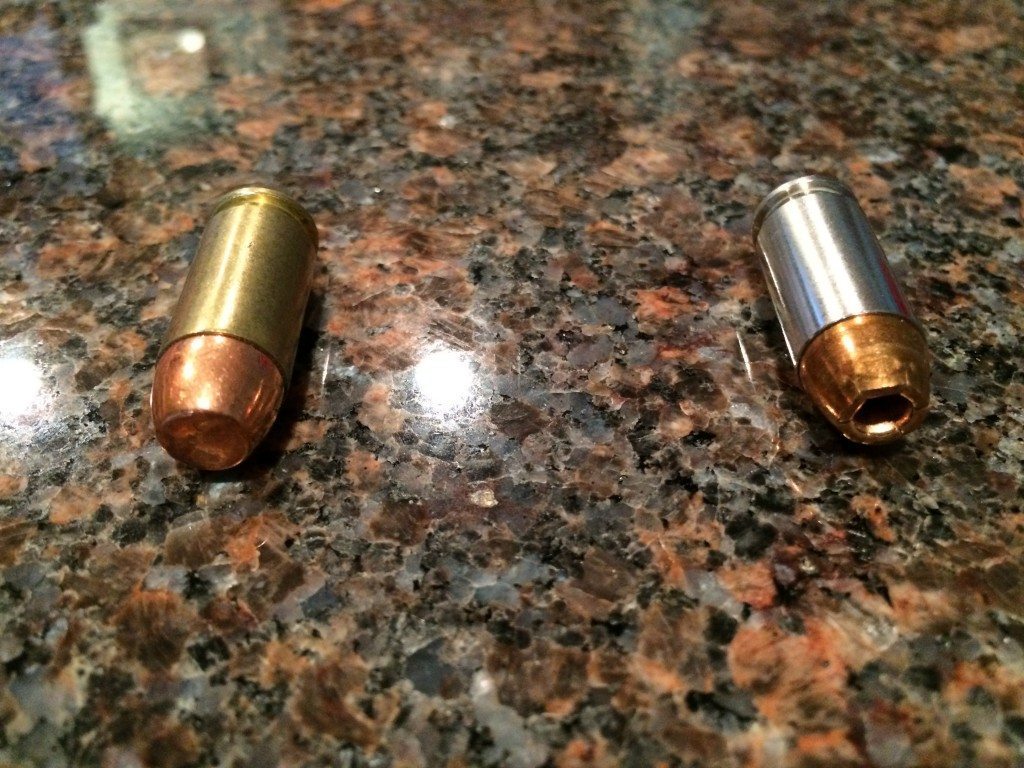
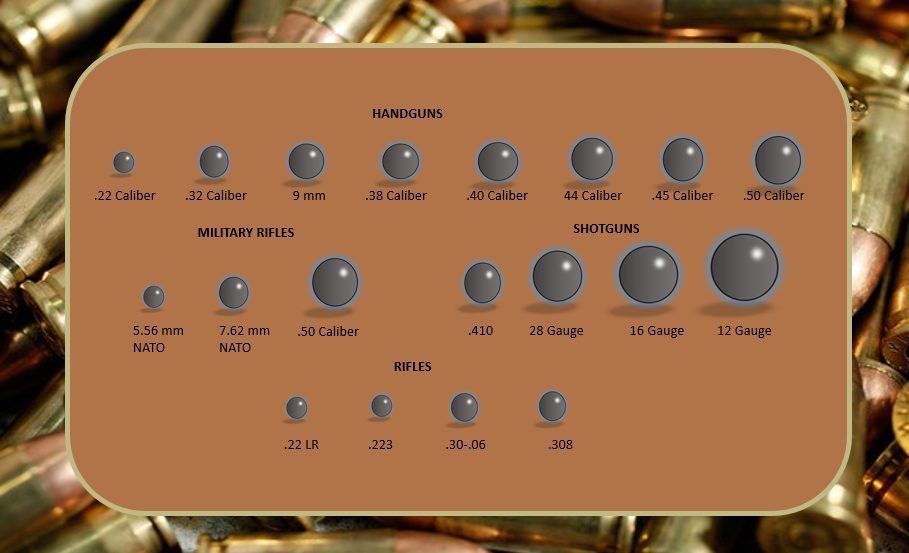

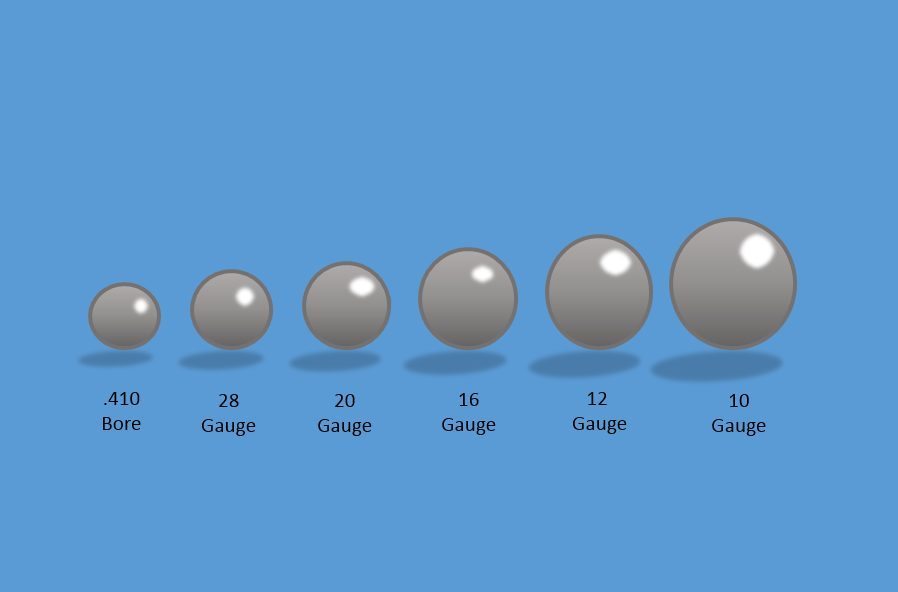


Nice article.. Thanks for sharing!